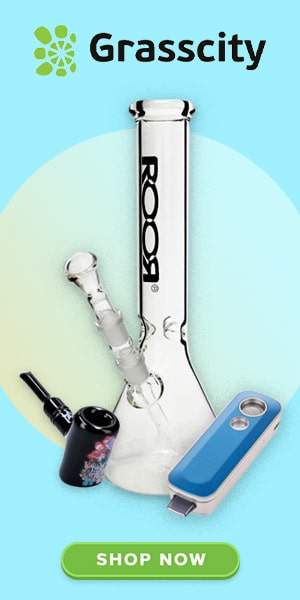The Marijuana Consumer is reader-supported. When you buy through some of the links on our site, we may earn an affiliate commission at no additional cost to you. – Thank you!
What is Medical Marijuana?
Marijuana use is prohibited by federal law in the US. Many states permit medical marijuana use to treat symptoms like pain, nausea, and other medical conditions.
For recreational purposes, people frequently smoke marijuana derived from the cannabis plant. But more people are turning to cannabis to treat ailments.
Learn about medical marijuana, what it is, why people turn to it and how it may help with pain, disorders, diseases, and seizures.
Table of Contents
What is Medical Marijuana?
“Medical marijuana” refers to Cannabis sativa plant products used to treat symptoms brought on by particular illnesses. Medical cannabis is another name for medical marijuana.
Medical marijuana is an increasingly popular alternative to prescribed narcotics, medicines, and other medical treatments. Medical marijuana is made from the leaves and buds of the cannabis plant, which are dried; it is now legal in several states, the District of Columbia, Puerto Rico, and Guam (many other countries have also legalized it).
The only states without legal, medical marijuana or derivatives available to qualifying patients are Idaho, South Dakota, Nebraska, and Kansas. The National Institute on Drug Abuse (“NIDA”) has acknowledged the two medications available in pill form and approved by the U.S. Food and Drug Administration (“FDA”).
These medicines contain cannabinoids, components of medical cannabis, or derivatives that help relieve different medical symptoms.
What are Cannabinoids?
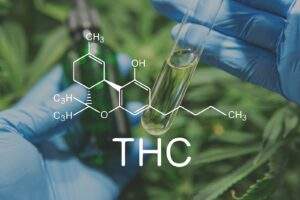

CBD, synthesized by Dr. Raphael Mechoulam, has been found to help control life-threatening seizures in some children and adults. There are many other cannabinoids we are just beginning to research, including:
- Cannabigerols (CBG)
- Cannabichromenes (CBC)
- Cannabinol (CBN)
- Cannabinodiol (CBDL)
- Cannabicyclol (CBL)
- Cannabielsoin (CBE)
- Cannabitriol (CBT)
Cannabinoids are chemicals in medical marijuana that interact with different receptors in the body and mind.
Medical cannabis, although not a new medicine in many cultures, has recently been studied more and recognized for the way it complements the human body and mind processes and relieves symptoms associated with different disorders and diseases (daily chronic pain and seizures, for instance).
Why Do People Use Marijuana as a Medicine?
Medical marijuana is an effective and less addictive alternative medicine studied worldwide as scientists, medical professionals, and patients discover it helps improve medical symptoms.
A worldwide epidemic caused by opioid addiction has resulted in enormous costs to government healthcare programs and loss of life. Medical marijuana helps some people stop using addictive opioids entirely or partially and improves their quality of life. A study in 2017 demonstrated that medical marijuana:
- Effectively treats pain (possibly better than opioid medications)
- Significantly reduces dependence (a significant problem with opioids)
- Eliminates overdose risk
- Eliminates side-effects of opioids
When is Medical Marijuana Use Applicable?
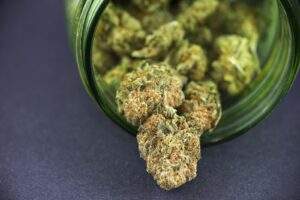

Check your state’s laws before considering using marijuana for medical purposes.
You might be eligible for medical marijuana treatment depending on your state’s laws if you meet the prerequisites and suffer from one of the following conditions:
- Alzheimer’s disease
- Amyotrophic lateral sclerosis (ALS)
- Crohn’s disease
- Epilepsy and seizures
- Glaucoma
- HIV/AIDS
- Multiple sclerosis and muscle spasms
- Severe and chronic pain
- Severe nausea or vomiting caused by cancer treatment
Is Medical Marijuana a Safe Treatment?
Side effects many patients experience with opioids are not present with medical marijuana, including but not limited to:
- Nausea
- Constipation
- Interference with thinking
- Extreme sedation
- Severe skin itchiness
Less common but concerning opioid side effects include rapid dependence, increasing tolerance, and breathing interference. Medical marijuana has fewer side effects in most patients but may cause cognitive impairment and should not be used while driving. Other side effects of medical marijuana include:
- Headache
- Dry mouth or eyes
- Dizziness
- Fatigue
- Increased appetite
- Coughing
How Do People Consume Medical Marijuana?


There are numerous forms of medical marijuana, including:
- Concentrates
- Dried flower or bud
- Edibles
- Liquid
- Oil
- Powder
- Pill
- Sublingual spray
- Tincture
- Topicals
Dried flowers or buds can be smoked, eaten, or infused into teas and alcoholic or non-alcoholic beverages. Concentrates can be heated until just before combustion and inhaled or smoked. Oil can be placed under the tongue or in edibles (foods or drinks containing medical marijuana). Tinctures can also be added to food and beverages, and topicals can be applied directly to the skin. Sublingual sprays are used under the tongue.
The methods and locations for buying medical marijuana vary by state. You administer the medication yourself once you have it. Its form and your symptoms will determine how frequently you use it.
The method of medical marijuana consumption and the types of medical marijuana a doctor or medical professional can prescribe are defined by each state or country in their laws.
Before you use medical cannabis, please check your state’s laws and ensure that your doctor can prescribe it. You may have to obtain a medical marijuana card or similar identification to buy medical marijuana in a dispensary unless your state allows recreational marijuana. Then, you will need your state identification card.
How Does Medical Marijuana Help with Medical Issues?
Medical marijuana does not affect people in the same way. Many people find it relieves symptoms of certain diseases, medical treatments, and disorders.
For instance, the Mayo Clinic published an article noting that medical marijuana research has shown it may help with glaucoma; nausea and vomiting related to cancer treatments, pain; seizures; and spasticity.
The Epilepsy Foundation has acknowledged that medical marijuana may reduce seizures in children with severe disorders such as Lennox-Gastaut syndrome (“LGS”) and Dravet syndrome. The drug Epidiolex containing cannabidiols, was approved by the FDA in June 2018.
Final Thoughts on Medical Marijuana
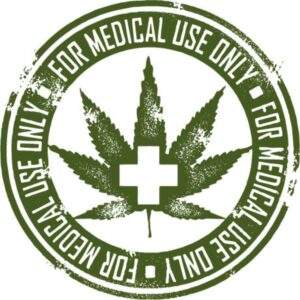

- The FDA has not approved or recognized the cannabis plant as a medicine.
- Medical marijuana treats illness, sickness, or other conditions with whole, unprocessed, or marijuana plant extracts.
- The chemical cannabinoids have led to two FDA-approved medications in pill form used to boost appetite and treat nausea, Dronabinol, and Nabilone.
- The body of the cannabis plant also produces its cannabinoid chemicals.
- Delta-9-tetrahydrocannabinol (THC) is the main mind-altering ingredient found in Cannabinoids, chemicals in the marijuana plant.
- The two main cannabinoids found in the cannabis plant used for medical treatment are cannabidiol (CBD) and THC.
- Currently, scientists are conducting clinical and preclinical trials with cannabis extracts and cannabis to treat medical conditions and symptoms of illness.
It’s effective for many people and preferable to the strong sedation and addiction rates of common prescription opioids. If you’re thinking of trying medical marijuana, consult your doctor or a doctor in a legal, medical marijuana state, and find out if it can help with your symptoms.
If you already live in a legal state, you can obtain your medical marijuana card through your doctor or buy it recreationally. Living with chronic pain and frequent seizures reduces your quality of life; medical marijuana may be an alternative that works for you.
Thank you for reading our article What is Medical Marijuana?
We got to run; it’s almost 4:20!
Trusted Online Head Shops
Green Goddess Supply and Grasscity are the quickest ways to research, compare and buy marijuana supplies online. These secure online head shops will provide you with a large selection and a wealth of knowledge regarding cannabis supply. Buy online with anonymity and confidence when dealing with a well-established trustworthy company.
Best Of Lists
Popular Topics
More Cool Stuff
Please stick around and check out some of our other articles related to the cannabis industry and the consumption of medical and recreational marijuana.
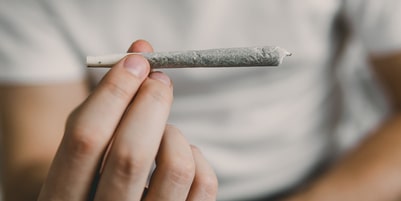



REVIEWS
Online cannabis and marijuana supply company reviews.
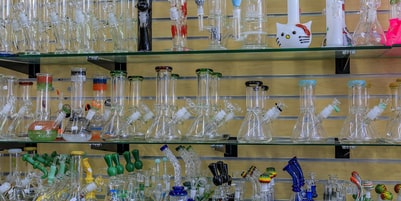



"BEST OF" LISTS
“Best Of” lists of all things cannabis and paraphernalia related.
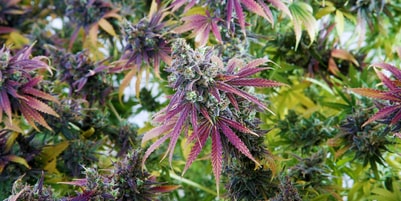



CANNABIS BLOG
Interesting information and news about the modern cannabis industry.




